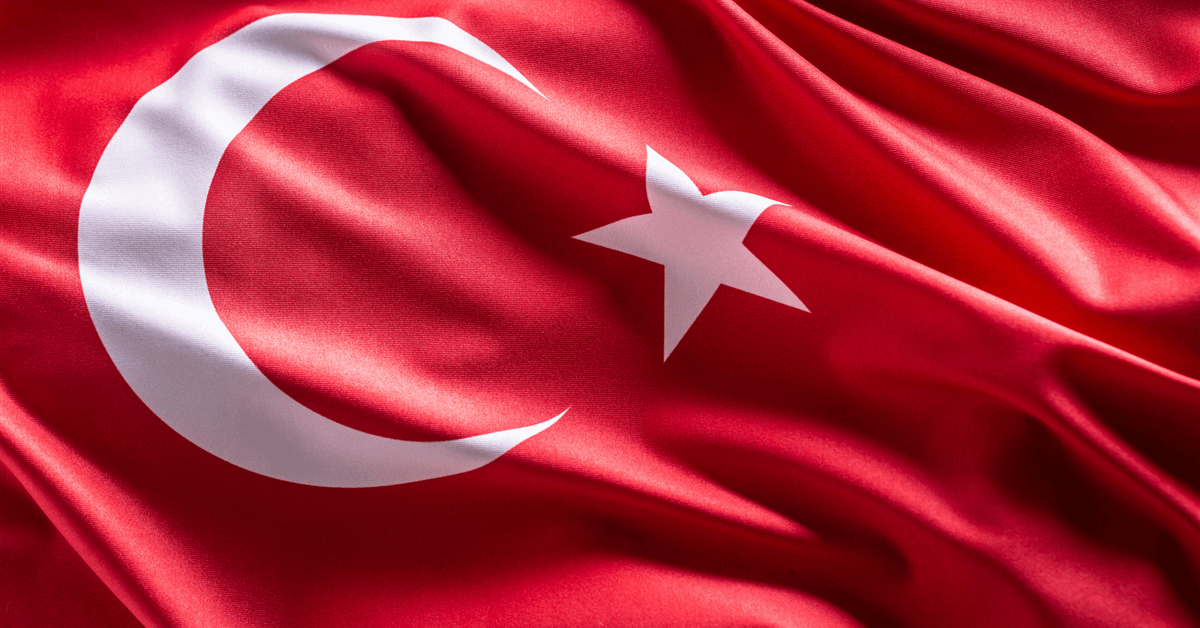Monitoring Turkey: Inflation forecasts rise as cuts are set to continue
As expected, the Turkish lira has returned to its usual pace of nominal depreciation after some volatility before the end of the year. TRY long positioning remains severely overcrowded. While the forward market can boost a shrinking carry in some cases, given the market uncertainty we see the spot market as a safer place with the possibility of a smooth exit should any problems arise. Despite the onset of gradual FX carry deterioration, TRY continues to outperform other emerging market currencies. We believe that, at least in the coming months, FX should behave well given some upside in recent inflation prints. This should push the central bank towards a more cautious stance, maintaining its usual trajectory of nominal appreciation. For the end of this year’s first quarter, we expect USD/TRY at 36.53, and 43.00 at the end of this year.
TURKGBs saw strong inflows from abroad in the second and third quarters of 2024, with the share reaching 10% as of the end of last year. At the same time, we believe technicals should support further inflows into the bond market. The weight of TURKGBs in GBI-EM has been gradually increasing from 0.91% at the beginning of last year to 1.69% after the addition of Sep-29 in January. We believe Turkey’s weight in the index will continue to grow, and on paper should head somewhere towards 5% based on the volume of eligible bonds for the index. This is likely to take a few years but should provide steady foreign inflows in the months ahead.
On the supply side, the Ministry of Finance covered year-to-date about 12% of this year’s TURKGBs issuance, according to our calculations, and was met with decent demand in primary auctions, indicating a good start to the year. Still, February and March should see lower supply compared to January and we should only see higher supply in April.
On the valuations side, the January inflation print sparked a wave of profit-taking after the January rally. As expected, Friday’s inflation report brought some tone adjustment on the hawkish side, deepening some outflows from the market. We think this brings us to the point where valuations are becoming attractive again with the long-end of the TURKGBs curve approaching the key rate level in our forecast for the end of this year. At the same time, the OIS ASW is coming into attractive ranges. We therefore believe that TURGBs will offer value again once the market stabilises after the current sell-off and the market gains more confidence in the disinflation process.




